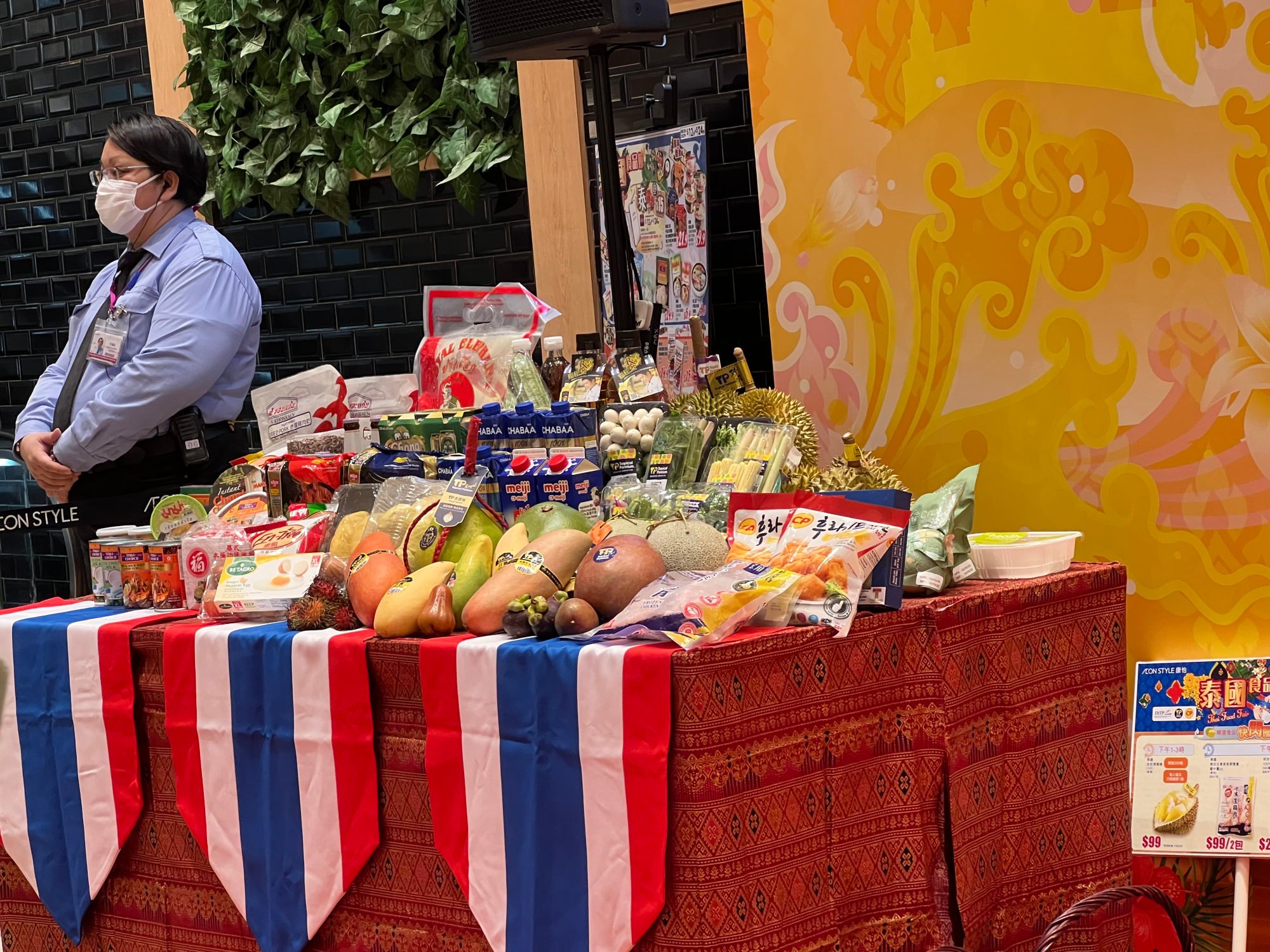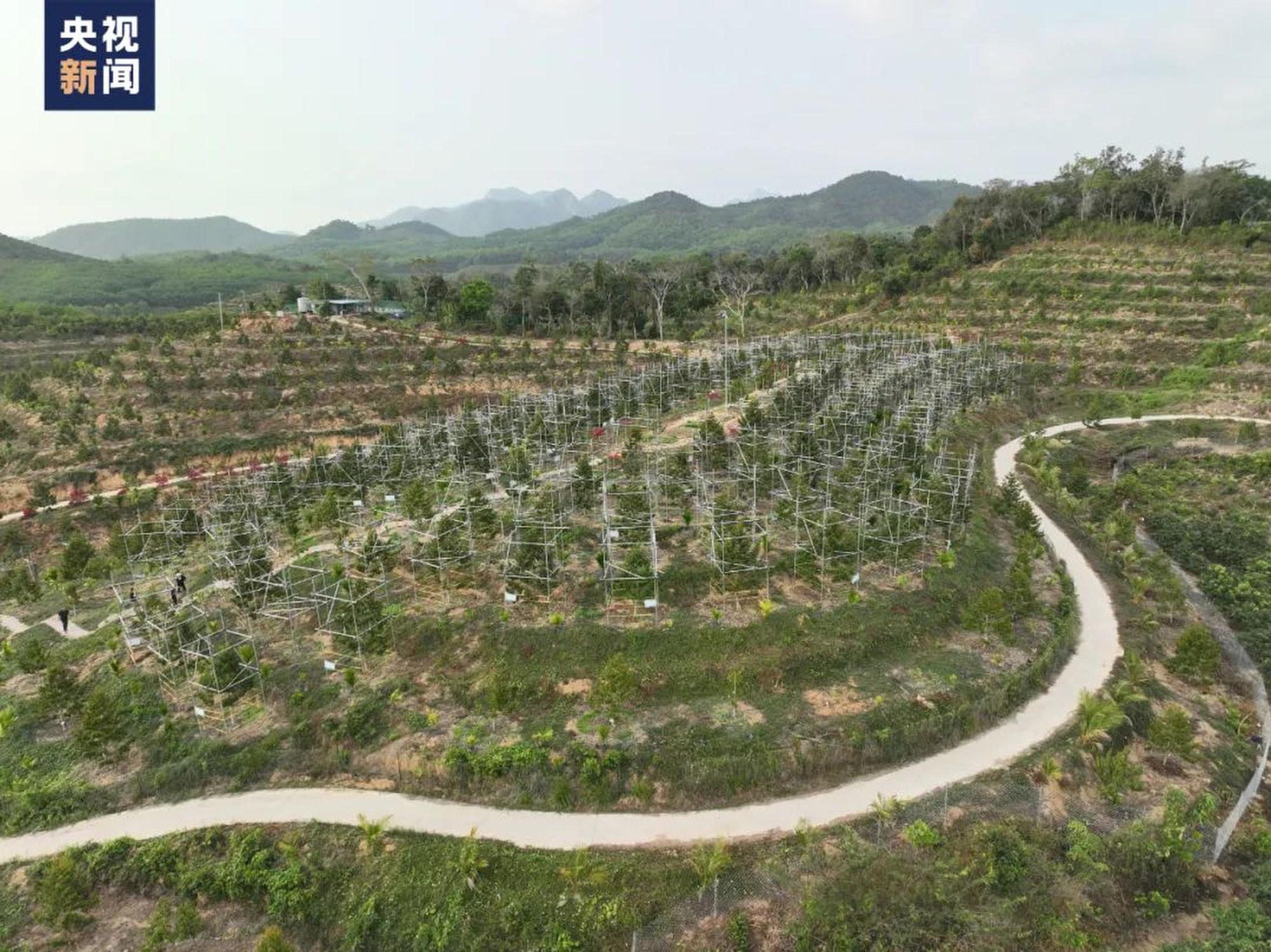
Could China’s durian-farming ambitions end up testing Thai and Malaysian market dominance?
- Hainan’s first durian harvest is expected to send 2,450 tonnes of the pungent fruit to market next month
- China imported more than 824,000 tonnes of fresh durians last year, four times more than in 2017
Malaysian durian expert Lim Chin Khee visits China every two months to help farmers grow the pungent tropical fruit.
Among the advice that the founder of the Durian Academy, near Kuala Lumpur, dispenses to growers of plantations larger than 404 hectares (1,000 acres) is to avoid wasting water and fertiliser.
Malaysia, meanwhile, exports high-end frozen durians from smaller farms to China, a rapidly expanding tropical fruit market for much of Southeast Asia.
Lim’s willingness to help growers in China is a sign of Malaysia’s confidence – and that of other countries in Southeast Asia – that the Chinese tropical fruit crop will not replace imports any time soon.
But Malaysia, Thailand, the Philippines and Vietnam are monitoring China’s long-term progress just in case it becomes a major rival.
Lim said he did not expect tropical fruit production in China to skyrocket because growers had to pay rent for farmland instead of owning it outright, and typhoons would occasionally wipe out their crops.
Comparing China and Malaysia, he said “it’s more of a complement than competition.”
Durian fever: China’s Wang Yi raves over Malaysian Musang King cheesecake
Hainan’s subtropical climate produced durians that were no match for the quality of fruits grown in Thailand, which already had an enviable reputation in China, said Sam Sin, development director of Hong Kong-based S&F Produce Group. Sin’s company owns farmland in Thailand and sources some exported tropical fruits from other Thai growers.
“I think it’s a country of origin perception that the Chinese have in mind,” Sin said after the opening ceremony for a Thai food fair at a Hong Kong supermarket on May 12.
Many Chinese already associated Thailand with holidays, he said, which gave the fruits a special aura.
“We see a rapid growth in the China market,” he said, noting a double-digit expansion in business over the past nine years.

That helped Philippine mangoes, coconuts and durians reach China, where such fruits could be “quite scarce”, said Aaron Rabena, a research fellow at the Asia-Pacific Pathways to Progress Foundation in Manila.
At Chen Shuang’s fruit store in Shanghai, cheaper Chinese-grown lychees, mangoes, papayas and dragon fruit outsell offerings from Southeast Asia.
“But the output of tropical fruits in Hainan is not able to meet the domestic market demand, and … their production is not very stable,” he said, adding that durians and wax apples still needed to be imported.
Analysts said Southeast Asian self-confidence would be shaken if a combination of ambition, automation and lower prices saw Hainan’s fruit production take off.
How China’s durian demand could leave bitter taste for some Asian countries
They are waiting to see whether an island with a total area slightly smaller than Taiwan could eventually replace imports as growing techniques improve.
Hainan growers had rainfall and “hot weather” in their favour, Lim said, adding that Chinese farmers were eager to learn about nutrients, tree pruning and raising fruit quality.
Their farms already used a level of automation to control costs that could be a lesson for Malaysian growers, he said.
Malaysia’s durian plantations covered a smaller area than Hainan’s, Lim added, giving Malaysia a potential disadvantage in any race with China on pure volume.
China imported more than 824,000 tonnes of fresh durians, worth more than US$4 billion, last year. That volume of the thorny-skinned fruit with a love-it-or-hate-it smell was about four times more than in 2017.
Du Baizhong, general manager of Hainan Youqi Agricultural Company, said he expected to produce up to 50 tonnes of durian this year after sending workers from his base in Sanya, Hainan, to Southeast Asia for study, and working with the Chinese Academy of Tropical Agricultural Sciences to speed up the growth cycle from 10 to three years.

The company had figured out how to automate water distribution, fertiliser management and weather monitoring, Du said.
But he acknowledged that durian cultivation in Hainan required more “manual intervention and greater attention” than in Southeast Asia.
Some analysts said tropical fruits could eventually be exported from China – even to Southeast Asia.
They could start to flow over the land border to Vietnam, said Adam McCarty, chief economist with Mekong Economics in Hanoi.
“There’s a lot of Chinese fruits in the market, like apples and oranges,” he said. “They have an incredibly long shelf life.”
Thailand wants exports to China probed after low-grade durian found in Shanghai
Vietnam grew tropical fruits for the domestic market, McCarty said, but lacked the top-to-bottom coordination needed for a major export industry.
Any influx of cheap Chinese produce would overwhelm domestic growers, said Jack Nguyen, a partner at the business advisory firm Mazars in Ho Chi Minh City.
In the Philippines, legislators have begun questioning the value of the regional trade partnership.
Philippine senator Imee Marcos asked in February whether it was “realistic” to expect China to buy all domestically grown durians given that the leadership in Beijing had “manifested their disappointment” with a ramp-up in Philippine military training with the United States.
Filipino growers of bananas, coconuts and durians had their hopes raised when Beijing and Manila signed a US$2 billion fruit export agreement in January.
There is no sign in Southeast Asia of any cross-border cooperation that would benefit Chinese fruit growers.
In Thailand, the government was likely to help its own people, Sin said.
The Office of the Thai Trade Commissioner in Hong Kong said it worked continuously with farmers and traders to promote sales of Thai fruits.
The country sold US$3.1 billion worth of durians to China last year, accounting for 96.2 per cent of exports.
The Thai government had a high degree of confidence that worldwide exports of durians, mangosteen, longan, mangoes and coconuts could eventually be worth more than 200 billion baht (US$5.83 billion), the office said.




